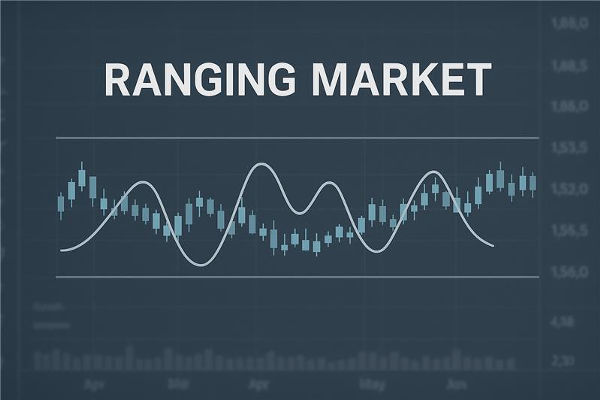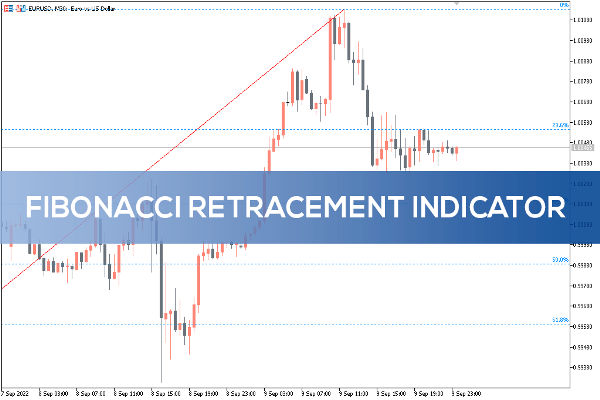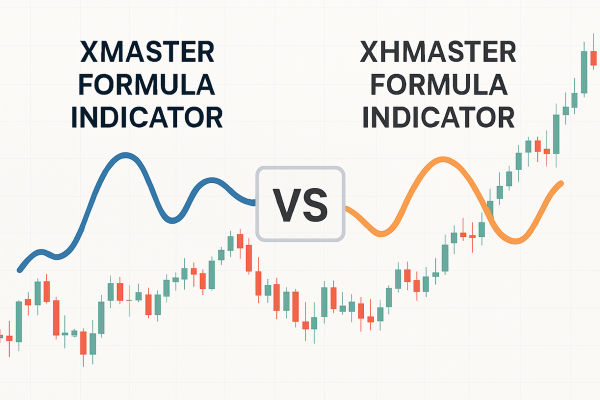What is Oscillatoty Trading?
Oscillatory Trading refers to trading activities that occur when financial
market prices are relatively stable and fluctuate within a certain range. In
oscillatory markets, prices often fluctuate repeatedly between support and
resistance levels, lacking a clear trend direction. Oscillatory Trading focuses on
utilizing the volatility of prices within this range to buy and sell in order to
earn short-term profits.

A oscillatory market usually occurs when there is a lack of clear market drivers
or when the market is in a consolidation stage. In this market environment, the
rise and fall of prices will not last for too long but will fluctuate back and
forth between certain support and resistance levels. Oscillatory traders judge
entry and exit opportunities by observing the characteristics of price
fluctuations, technical indicators, and market trends in order to capture
opportunities for price fluctuations.
This type of trading strategy can be applied to stocks, forex,
futures, and other trading varieties. When conducting oscillatory trading, traders
usually set smaller profit targets and stricter stop-loss positions to control
risk and limit losses. At the same time, oscillatory markets also require traders
to have sharper market observation and the ability to make quick decisions in
order to fully seize rapidly changing trading opportunities.
The volatility trading strategy is a trading method suitable for markets in
oscillatory conditions (where prices fluctuate within a certain range). Oscillatory
markets typically lack clear trends, and prices fluctuate between support and
resistance levels. The goal of a oscillatory trading strategy is to buy and sell
within the range of price fluctuations to capture short-term fluctuations in
prices.
Common Trading Strategies
1. Support and resistance-level strategies
Determine the timing of buying and selling by observing the rebound and
retreat of prices between the support level (the level of resistance below the
price) and the resistance level (the level of resistance above the price).
2. Moving Average Strategy
Determine the timing of buying and selling by observing the intersection and
post-intersection movements of prices below the moving average. When prices
fluctuate near the moving average, intersections may provide trading
opportunities.
3. Swing indicator strategy
For example, relative strength indicators (RSI) and stochastic indicators
(Stochastic Oscillator) determine the timing of buying and selling by observing
the situation of overbought and oversold prices.
4. Interval trading strategy
Look for clear upper and lower limits on the price that have formed over a
period of time; sell when the price approaches the upper limit, and buy when the
price approaches the lower limit.
5. Trendline strategy
Observe the rebound and fall of prices near the upward or downward Trend Line to determine the timing of buying and selling.
Regardless of the volatility trading strategy used, traders need to closely
monitor market volatility and price changes to accurately grasp the timing of
buying and selling. In addition, risk management is also crucial, including
setting stop-loss and stop-gain positions to limit potential losses. It is best
to fully understand and test any trading strategy before using it to ensure that
it is suitable for an individual's trading style and risk tolerance.



























